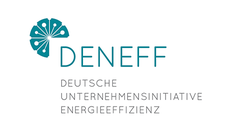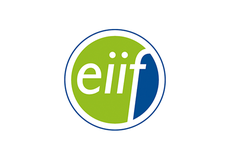Search eceee proceedings
Energy management in Swedish pulp and paper industry – benchmarking and non-energy benefits
Panel: 3. Energy management: The nuts and bolts
This is a peer-reviewed paper.
Authors:
Elias Andersson, Linköping University, Sweden
Therese Nehler, Linköping University, IEI/Department of Management and Engineering., Sweden
Abstract
Manufacturing industry has a large energy efficiency potential, yet to be utilized, known as the energy efficiency gap. This gap exists due to barriers that hinder industrial companies from making energy efficiency investments. Research also shows that the gap is even larger if energy management practices are included as well. One type of energy management practice for industrial companies is energy performance benchmarking, which deals with several organisational applications. For example, energy performance benchmarking can be used to compare a company’s degree of energy efficiency to its peers. A benchmarking approach can also be adopted on different levels of aggregation, including sector, site, and process level. Furthermore, continuous work with energy management also entails additional benefits beyond the energy effects, known as non-energy benefits. In an energy management context these benefits might for instance be organisational or informational in nature. The aim of this paper is to study these aspects of energy management — benchmarking and non-energy benefits — within the Swedish pulp and paper industry.
These aspects of energy management have not, to the authors’ knowledge, been extensively investigated. The adopted method for data collection is a mixed method approach, where a questionnaire was sent to all operating pulp and paper mills in Sweden, and semi-structured interviews were carried out at six mills. The findings in this study show that the most common benchmarking method in the Swedish pulp and paper mills is external benchmarking within a company group. The benchmarking method with the highest perceived value for a mill’s energy management, however, is historical benchmarking of energy use. Furthermore, the pulp and paper mills have perceived a number of non-energy benefits from energy management practices, where top management’s interest in energy efficiency issues increasing more than expected was perceived as the most substantial.
Downloads
Download this paper as pdf: 3-093-18_Andersson.pdf
Download this presentation as pdf: 3-093-18_Andersson_pres.pdf















